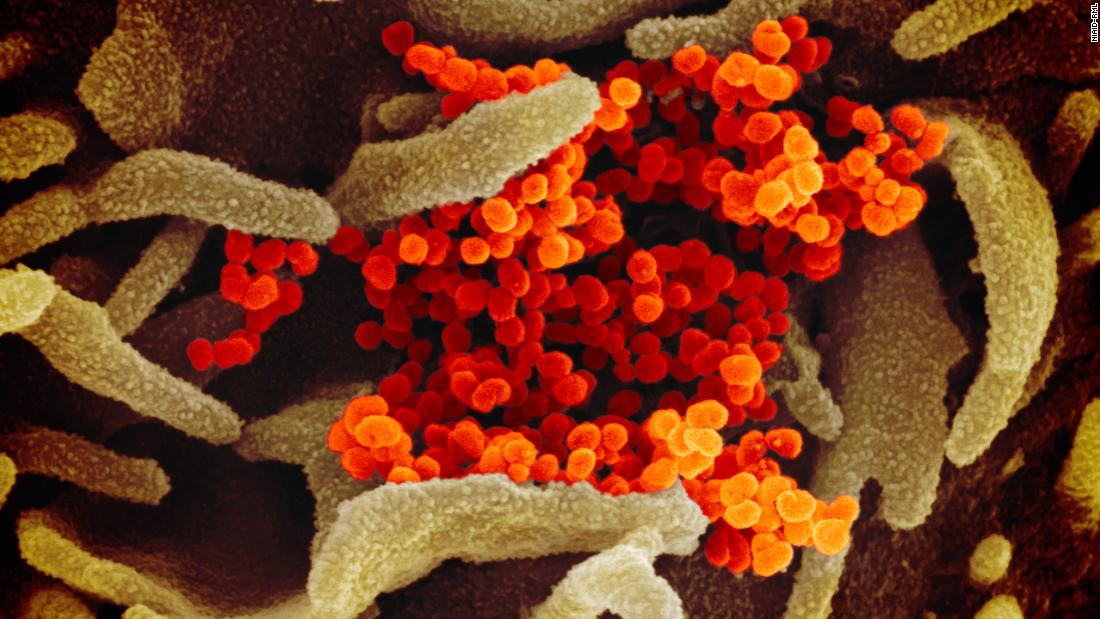
Researchers said Thursday they found evidence that the coronavirus infects the mouth, even inside the cheeks, gums and salivary glands.
Their findings, detailed in the journal Nature Medicine, may explain why so many people infected with coronavirus lose their sense of taste. They also suggest that the mouth is an important source of virus spread.
“When swallowing infected saliva or inhaling small particles, we believe it can transmit more SARS-CoV-2 to the throat, lungs or even the intestines,” said Dr. Kevin Byrd, of the American Dental Association Science and Research Institute, who worked on the study.
Saliva tests are known to be a good way to detect coronavirus infection, but researchers had not looked at why. The mouth, nose, paranasal sinuses, throat and lungs are connected and the virus can spread to all those regions of the mucus that drains or coughs.
“We suspected that at least some of the saliva virus could have come from infected tissues in the mouth itself,” said Dr. Blake Warner of the National Institute of Dental and Craniofacial Research, one of the National Institutes of Health, who helped to lead the study.
The researchers tested the oral tissue and found that the cells in the mouth carry the receptors (or cellular gates) that the coronavirus uses to infect them, including the ACE2 receptor. They checked oral tissue samples from people who died of Covid-19 and found the virus in about half of the salivary glands they tested.
They tested people with mild or asymptomatic Covid-19 and found cells spilled from the mouth into the saliva carrying active RNA, an indication that the virus replicated in the cells. And they exposed the cells of a laboratory dish to the saliva of eight people with asymptomatic Covid-19 and managed to infect the cells, a finding that suggests the saliva may be infectious.
They collected saliva from 35 volunteers working at NIH and had mild or asymptomatic Covid-19. “In symptomatic individuals, the presence of SARS-CoV-2 RNA in saliva was positively associated with the‘ loss of taste and smell ’reported from the patient,” the researchers wrote.
The researchers also found evidence that people who give negative tests after a nasal swab sometimes continue to test positive on a saliva test. “These data highlight the possibility of the virus being removed from the nasopharynx, but may persist in saliva, suggesting a sustained spill of virus from SARS-CoV-2-infected oral sites,” they wrote.